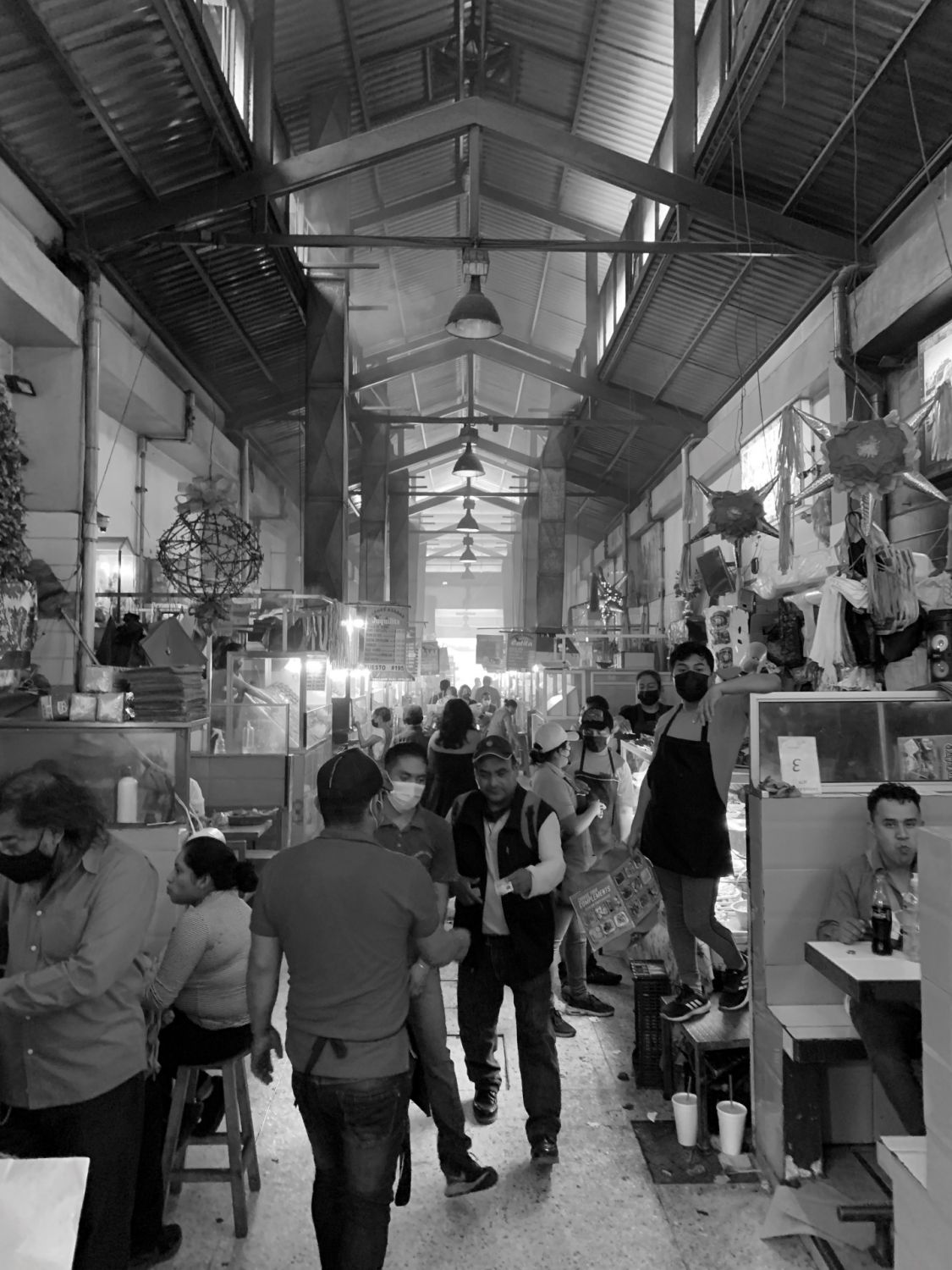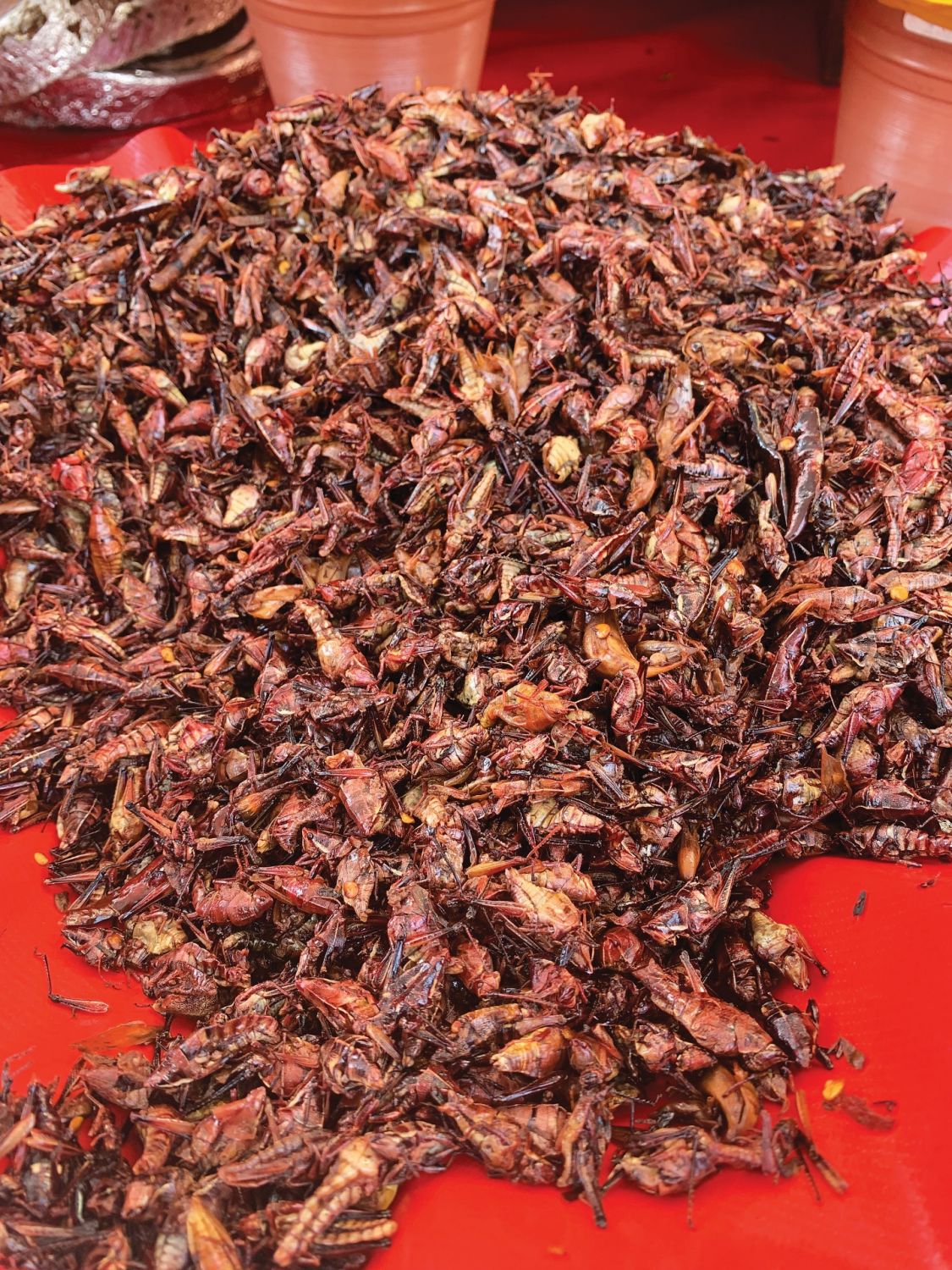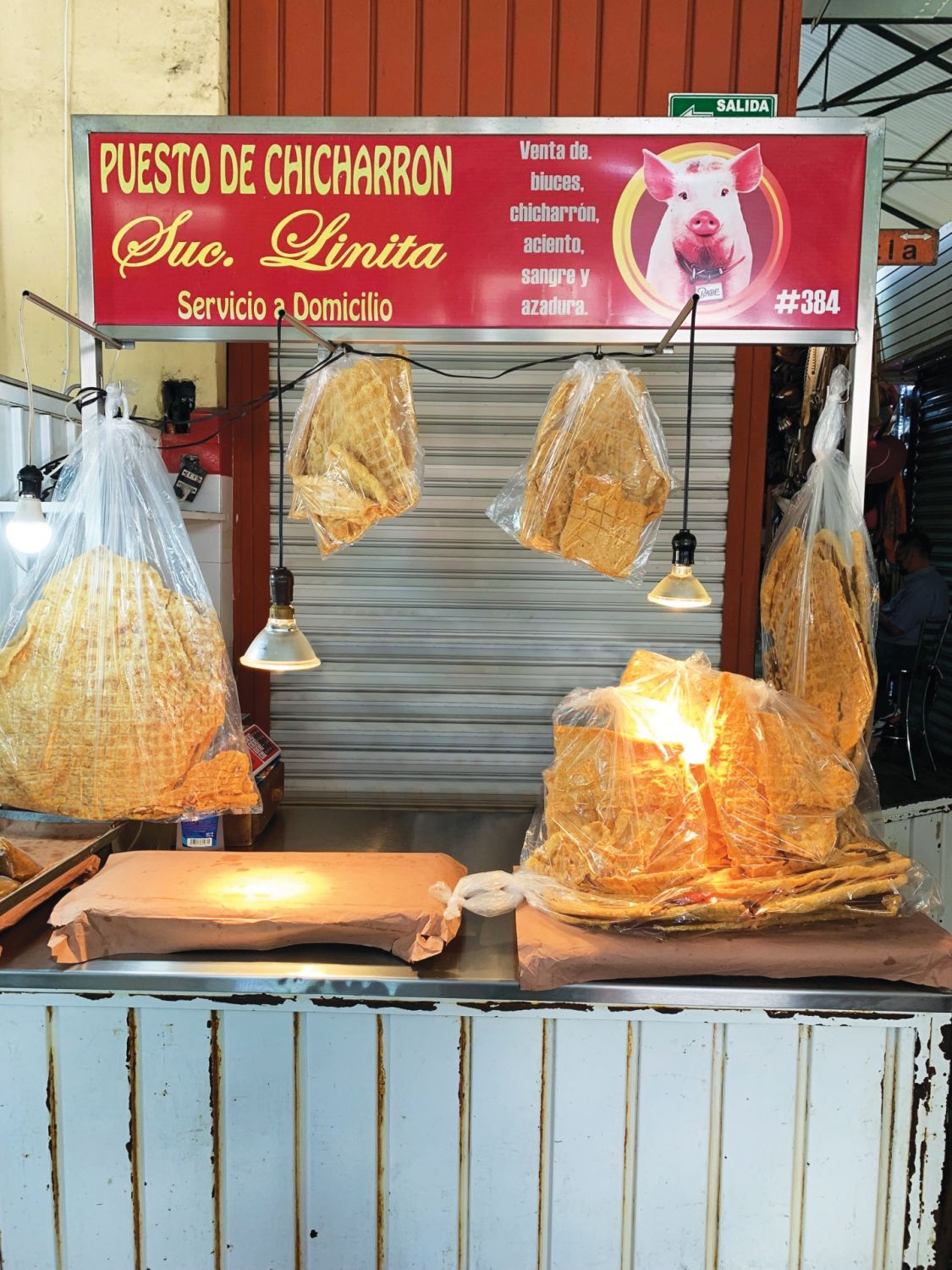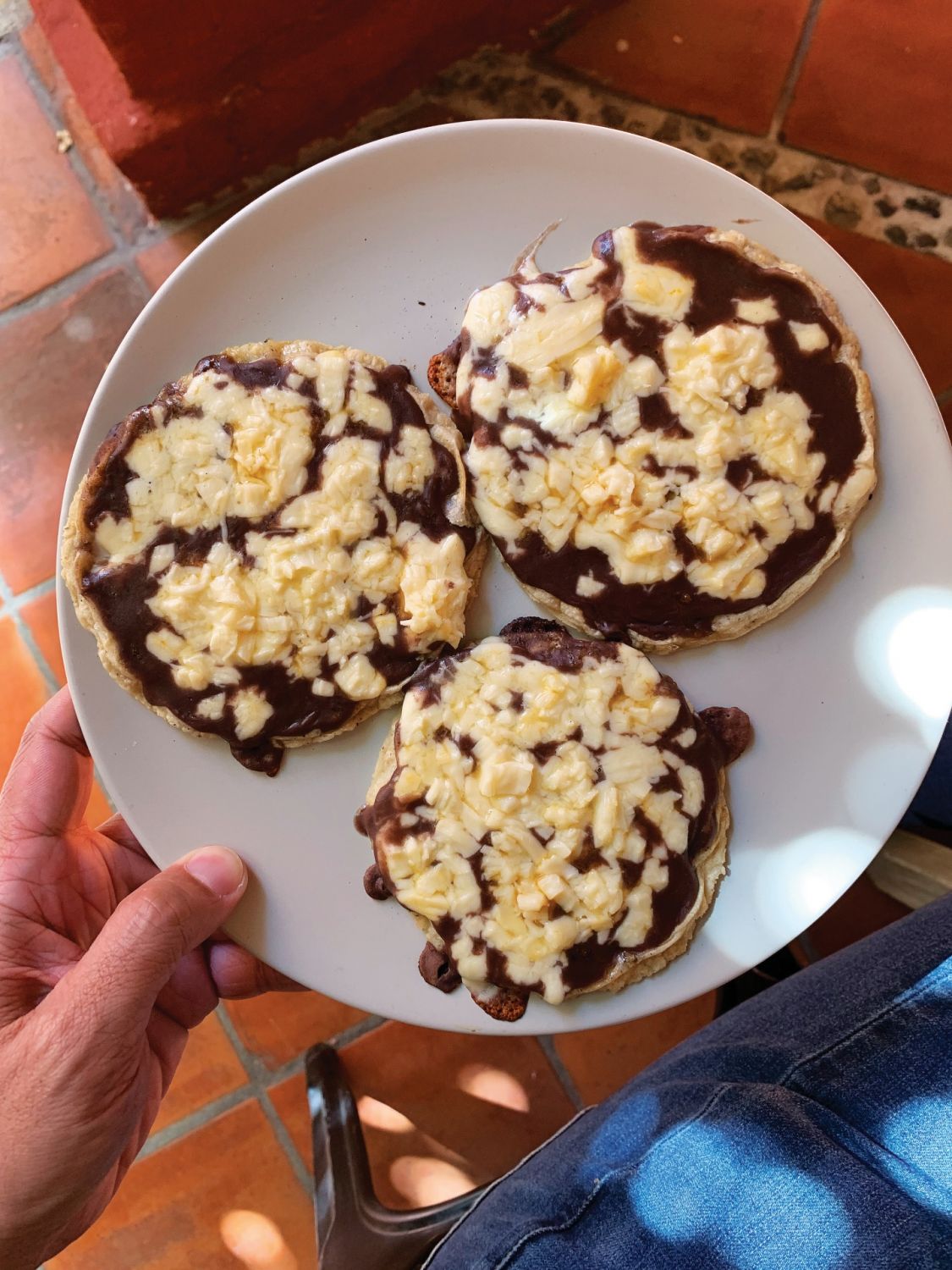In search of a particular dish, food author and gourmand Angelo Comsti eats his way through Mexico’s culinary rich states and ends up with more than just a satiated palate
It only took a mouth-watering image of memela, a thicker-than-usual tortilla kissed by a hot griddle then slathered with salsa de frijol and quesillo cheese, for me to include the state of Oaxaca in my Mexican sojourn.
In Netflix’s Street Food: Latin America documentary series, Doña Vale, who operates a humble shack inside the Mercado Central de Abastos, is shown preparing memelas on her weary white comal for a hungry and curious crowd of local and foreign visitors. This Oaxacan toasted cake is available all over town, from restaurants to street-side vendors; but hers is special, relegating much of the hype to the generous dab of her signature salsa morita. And that’s why I was quick to invite myself to the party.
See also: Foodie Finds: Author Angelo Comsti Shares His Top 5 Takeout Picks


Proclaimed by the UNESCO as an “Intangible Cultural Heritage of Mankind” back in 2010 (an honour shared with only one other cuisine—French), Mexican fare has a thousand-year-old food culture that goes beyond the banner items of tacos, burritos and guacamole. In fact, Oaxaca, located an hour-long plane ride away south of the capital city, doesn’t even champion any of those. The gastro-historical state has its own repertoire that offers much to be desired.
See also: Where to Order Tacos in Metro Manila: Birria, Sisig, Duck Carnitas, and More









